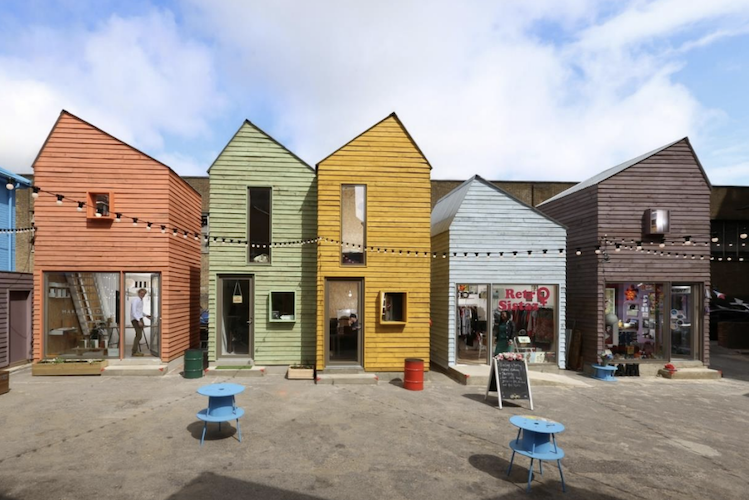Amid the gloom about high streets, a new analysis from the London Assembly economy committee strikes a welcome optimistic note, underlined by committee chair Marina Ahmad as she launched the report this week: “Don’t believe this nonsense about the high streets dying,” she said. “They are not.”
If high streets are not dying, they are certainly changing though, the report says, in the wake of now well-known challenges: the relentless growth of online shopping, the pandemic hangover and continuing cost of living pressures. High streets are increasingly becoming “places where we do something rather than buy something”, shifting from traditional retail to service-oriented businesses.
With Sir Sadiq Khan now pledging £20 million for the capital’s high streets as part of the London Growth Plan, the report looks at how that cash can support this transition into a “place to be” as well as a retail destination with a new focus on community involvement as well as the interests of businesses.
City Hall should develop an “Art on the High Street” programme of public art installations, murals and interactive artworks, continue to support neighbourhood policing to make high streets safer, promote improved waste management, and encourage the use of new powers allowing councils to take over and auction off leases on vacant high street units, the report says.
It also backs “meanwhile” uses for empty sites. Appropriately, the launch of the report was held at Blue House Yard off Wood Green High Road (pictured), a former car park successfully repurposed with City Hall and council funding as affordable workshops and studios, retail and entertainment space, market, café and bar, managed by temporary use experts Meanwhile Space.
The scheme provided important support to Haringey’s creative economy, council cabinet member Ruth Gordon said at the launch. She also highlighted other innovations in the street, including an expanding NHS community diagnostic centre, a community music space and recording studio in the Mall shopping centre and a new community garden space, Eat Wood Green, also City Hall funded.
But the big ask of the Mayor, Ahmad said, was for him to ensure “genuine community engagement” as high street initiatives came forward. “London’s high street regeneration needs to keep communities at its heart,” she said. “Who does the high street belong to? Who uses it? High streets are not just there for the major retailers. The changing face of the high street is about community and community ownership.”
Communities should therefore play a larger role in deciding the future of their high streets, the report said, with evidence gathered by the committee identifying “meaningful community engagement” as an important element in successful programmes.
That could include new “Community Improvement District” (CID) schemes, as resident-led counterparts to the Business Improvement Districts (BIDs) now well-established across the city, to be funded though a Business Rates levy, the report suggested.
“BIDs have proved successful in involving businesses in the development of local economies, but there is not an established equivalent system to involve local residents,” it says. CIDs would offer a new way for local people and community organisations as well as businesses to have a say over the strategic direction of local high streets.
Mayor Khan should therefore build on the lessons from two CID pilots run for City Hall in 2022 – one of them in Wood Green, the other in Kilburn – and, incorporated into the new high street fund, create new platforms to engage local communities, the report recommends.
As well as formal consultations and community forums, this could even include voting rights on certain projects. High streets are part of our community,” Ahmad said. “It is only right that communities play their part in reimagining high streets for local needs.”
In a separate report published this week, the London Assembly’s planning and regeneration committee added to the call for “community voices” to be heard in planning decisions, and for new policies to be added to the Mayor’s London Plan to “long-standing businesses that deliver high social value” – particularly in the city’s 280 or so markets and its many railway arches, spaces which committee chair Andrew Boff said could create “vital new space for communities to socialise, innovate, learn and grow”.
OnLondon.co.uk provides unique coverage of the capital’s politics, development and culture with no paywall and no ads. Support it for just £5 a month or £50 a year and get things for your money other people won’t. Details HERE. Follow Charles Wright on Bluesky. Photo from Assembly report and creators of Blue House Yard.

